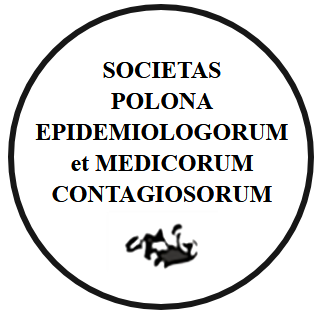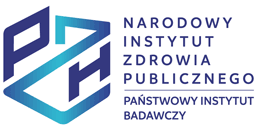Comparing the effectiveness of two educational methods for oral health management in COVID-19 pandemic among dental professionals
1
National Oral Health Program, Centre for Dental Education and Research,
All India Institute of Medical Sciences, New Delhi, India
2
Division of Public Health Dentistry, Centre for Dental Education and Research,
All India Institute of Medical Sciences, New Delhi, India
3
Department of Biostatistics, All India Institute of Medical Sciences, New Delhi, India
4
Division of Orthodontics and Dentofacial Deformities, Centre for Dental Education and Research, All India Institute of Medical Sciences, Ansari Nagar, New Delhi, India
5
Division of Pedodontics and Preventive Dentistry, Centre for Dental Education and Research,
All India Institute of Medical Sciences, New Delhi, India
6
Department of Conservative Dentistry and Endodontics, Center for Dental Education and Research, All India Institute of Medical Sciences, New Delhi, India
Data nadesłania: 23-06-2023
Data akceptacji: 23-01-2024
Data publikacji online: 17-04-2024
Data publikacji: 07-06-2024
Autor do korespondencji
Harsh Priya
Division of Public Health Dentistry, Centre for Dental Education and Research, All India Institute of Medical Sciences, New Delhi, India
Division of Public Health Dentistry, Centre for Dental Education and Research, All India Institute of Medical Sciences, New Delhi, India
Przegl Epidemiol 2024;78(1):90-93
SŁOWA KLUCZOWE
STRESZCZENIE
AIM. The aim of this study was to train dentists on the different oral hygiene measures to be followed by COVID-19 patients via Webinar and Information Education Communication (IEC) Materials and compare the effectiveness of both.
METHODOLOGY. A total of 100 dental professionals were included by non-probability convenience sampling. Webinar and IEC Materials on oral hygiene measures, oral symptoms, and management strategies during COVID-19 were created and training was conducted for all dental professionals who registered themselves. An online version of the self-administered questionnaire (English) was created on the official Edantseva website and circulated to all the registered participants to obtain the pre and post-training data.
RESULTS. Out of the total 80 participants in the Webinar group, 47 were females and 33 were males. Comparing the mean total scores obtained by the participants in the webinar and IEC groups in the pre and post-test showed that there is a significant difference in the scores obtained by the participants in the two groups in the pre and post-test (p<0.01).
CONCLUSION. Educating dentists via IEC Materials was effective in improving their knowledge regarding oral health management during the COVID-19 pandemic. IEC materials being handy and referable at any time was found to be more effective.
Udostępnij
ARTYKUŁ POWIĄZANY
Przetwarzamy dane osobowe zbierane podczas odwiedzania serwisu. Realizacja funkcji pozyskiwania informacji o użytkownikach i ich zachowaniu odbywa się poprzez dobrowolnie wprowadzone w formularzach informacje oraz zapisywanie w urządzeniach końcowych plików cookies (tzw. ciasteczka). Dane, w tym pliki cookies, wykorzystywane są w celu realizacji usług, zapewnienia wygodnego korzystania ze strony oraz w celu monitorowania ruchu zgodnie z Polityką prywatności. Dane są także zbierane i przetwarzane przez narzędzie Google Analytics (więcej).
Możesz zmienić ustawienia cookies w swojej przeglądarce. Ograniczenie stosowania plików cookies w konfiguracji przeglądarki może wpłynąć na niektóre funkcjonalności dostępne na stronie.
Możesz zmienić ustawienia cookies w swojej przeglądarce. Ograniczenie stosowania plików cookies w konfiguracji przeglądarki może wpłynąć na niektóre funkcjonalności dostępne na stronie.




